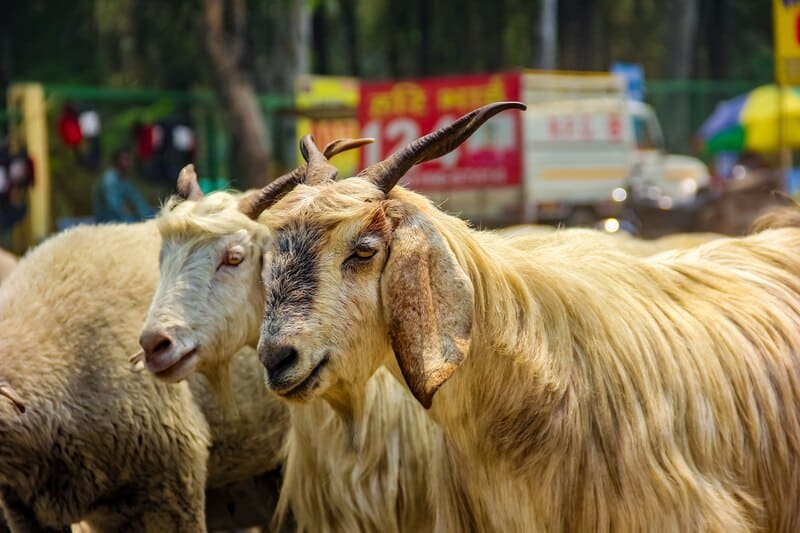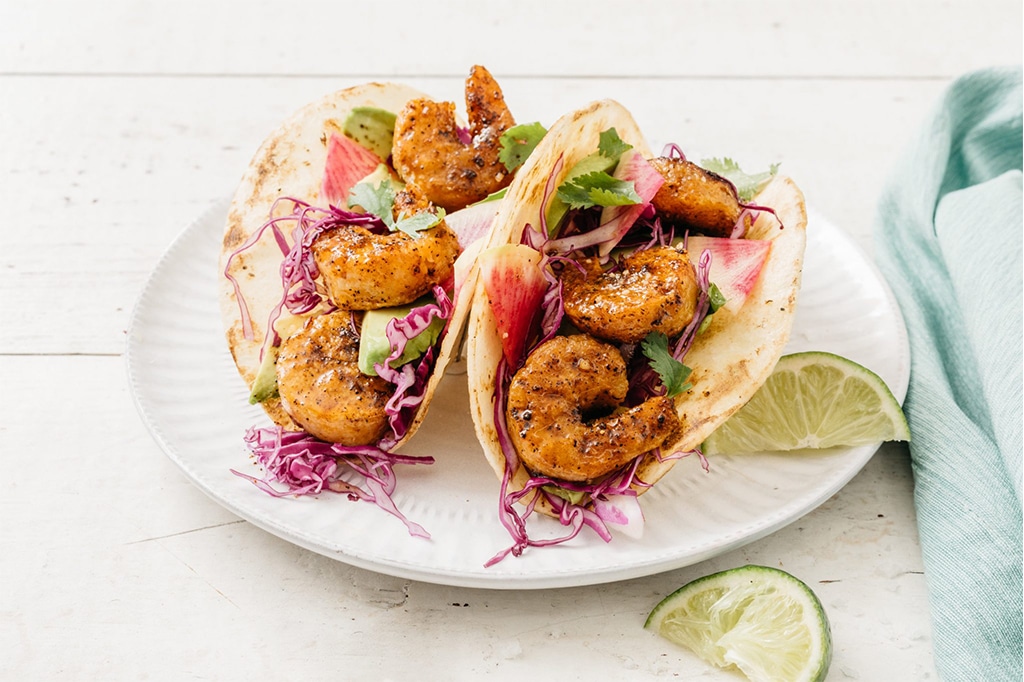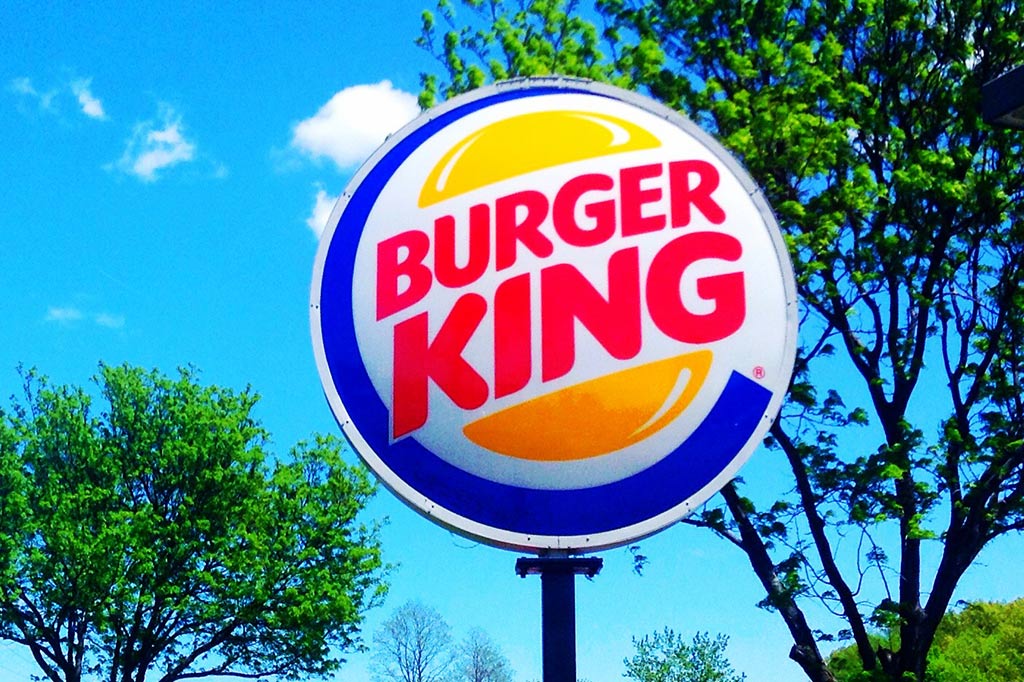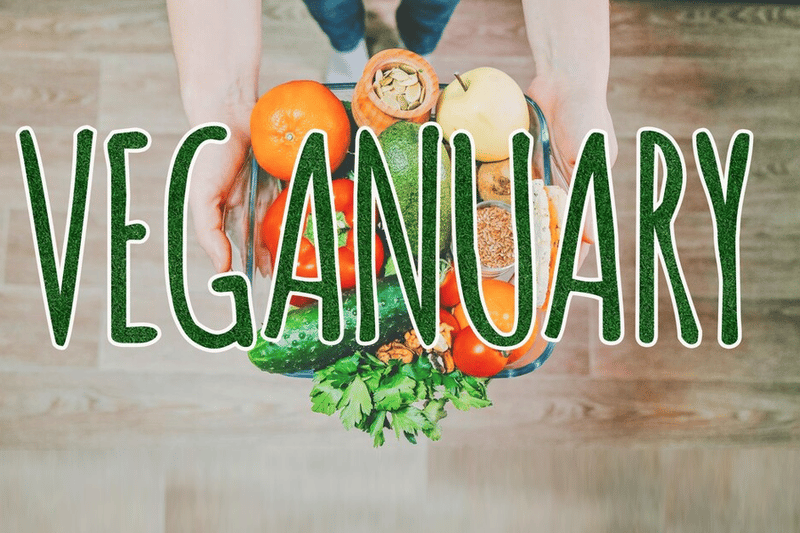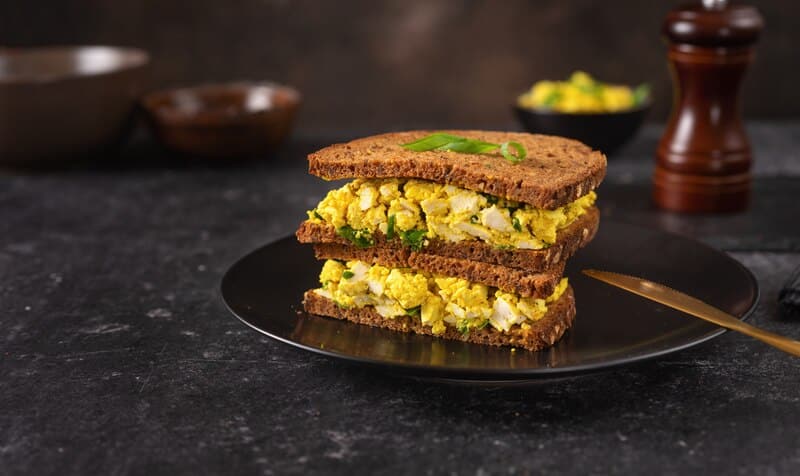Cashmere has a reputation for being an exceptionally comfortable material. Because of its fine hair, cashmere can be woven into durable, long-lasting, and wonderfully comfortable clothing, but it does not come cheap.
Contrary to popular belief, cashmere is not derived from sheep but rather from a special type of goat called the cashmere goat. They live in the Himalayas, where temperatures can dip to as low as -30 degrees Celsius, and as a result, their thick, insulating coats have evolved to withstand the extreme cold. The strong, spiky guard hairs of a cashmere goat are complemented by a luxuriously smooth undercoat made of fine cashmere. When compared to the 3 kilograms or more that may be harvested from a single sheep annually, the cashmere goat will only provide about 200 grams.
Considering how little each goat produces, there is a severe shortage. Once a year is the only time the fibers may be gathered. After the fibers are gathered, the usable weight is cut in half due to the removal of oil, debris, and coarser hairs. Even now, cashmere accounts for less than one percent of the world’s wool output.
It takes a lot of effort to refine pure cashmere once it has been obtained. The fibers are aerated and then dyed to the desired shade. Due to its delicate nature, cashmere requires special care during production. The fibers can be destroyed by the use of chemicals or excessive processing.
Afterward, the fibers are carded, which separates the strands and arranges them in neat rows on thin sheets, ready to be spun into yarn. Cashmere is rated according to its fineness and length, with the finest cashmere strands being just 14 micrometers in diameter.
The market for less expensive cashmere goods has exploded in recent years. Some of these may employ a slightly lower grade of cashmere or different processing methods to make the end product more affordable, but they all claim to deliver the same quality as cashmere at a fraction of the price. Although they are less expensive than wool, the price of cashmere is typically at least twice as much.
Some apparently 100% cashmere products have actually been found to contain yak hair or even rat fur, and there have been extreme incidents of mislabeling. When shopping for cashmere, be wary of anything that seems too good to be true in price.
Below we summarize the many reasons to stop buying cashmere, including the potential extinction of endangered species and major welfare concerns for the animals involved. In addition, I’ll explain why animal-friendly fabrics are the wave of the future.
How Cashmere Affects Our Planet
Cashmere wool is extremely rare since it comes from goats that only survive in the harsh environment of the Gobi Desert in Mongolia, making it extremely pricey.
The soft and fine hair is harvested from the goat’s underbelly. Extensive combing of the animals’ thicker, shaggier outer coats is required to produce it. One standard-sized sweater requires the wool of four goats.
Predator deaths have been blamed on the demand for cashmere, which is a byproduct of the slaughter of endangered goats and sheep.
The degradation of the natural environment due to cashmere goat grazing is highlighted by the non-profit Collective Fashion Justice. Research published in 2013 cites this phenomenon under the title “Globalization of the cashmere market and the demise of large mammals in central Asia.”
Goats are bad for the ecosystem because they consume 10% of their body weight per day in the form of plants, which they then dig up and eat. Including the rhizome and all.
With a population of 700 million, cashmere goats are a major contributor to the decline of animal and plant species. They eat a lot, and the damage they do to the soil with their thick hooves makes it hard for new vegetation to sprout.
As a result of global warming, temperatures in Mongolia have increased by an average of four degrees Fahrenheit. This, in addition to the impact of grazing goats, is blamed for the destruction of 65 percent of the country’s grasslands.
Additionally, studies show that the decline of central Asian species like the snow leopard, wild yak, and saiga antelope is linked to the increased raising of goats in China and Mongolia.

In the colder months, cashmere is a popular fabric choice, but is it moral?
Scientists discovered that the increasing number of goat herds was damaging the ecology in ways that made it less likely that native species would survive. Both the decrease in favored food sources and the lack of ground cover for hunting predators are blamed.
Does cashmere harm the animals?
Not only does cashmere have a negative impact on wildlife populations, but it also has a negative impact on the goats that produce it.
Despite its luxurious feel, cashmere comes at a hefty price. The fleeces of Changthangi or Pashmina goats are used to make this luxurious fabric. Hair fiber recovery is performed through extensive combing of individual animals and is often portrayed as a peaceful, even enjoyable, operation.
In truth, the “combs” used on animals are metal combs with sharp teeth that rip through the matted outer coat to get at the soft underfur. During this procedure, goats must be restrained physically. Animals can be heard crying in pain during the treatment in videos from past animal welfare investigations, including one by PETA.
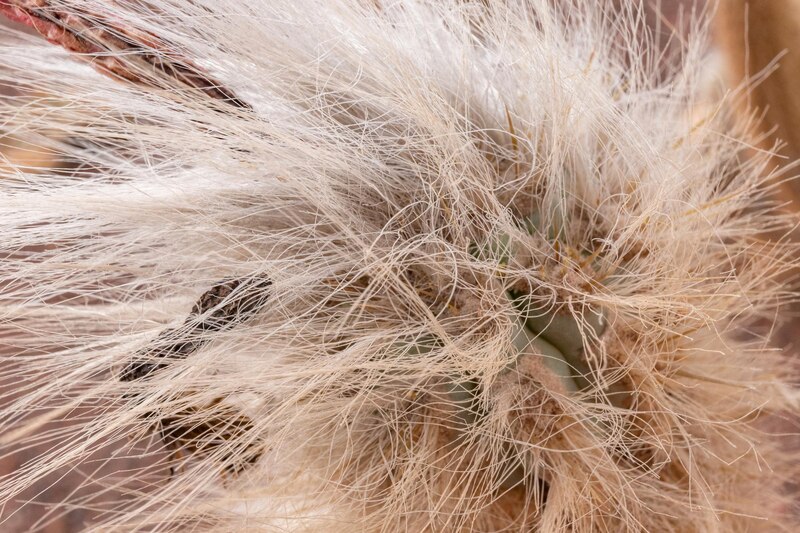
Goats are combed so often that they stop growing luxuriously soft hair. They’re killed off now since they don’t bring in enough money.
Goats can live up to 12 years old when given a natural environment to thrive in. Those bred for the cashmere industry rarely see past five years, with males commonly slaughtered considerably sooner. This is owing to females frequently having softer hair, yet the quality and color are significant too. Animals who do not develop the correct hair are murdered regardless of sex.
Unfortunately, these goats are not protected by any animal welfare legislation in either China or Mongolia. However, in 2017, the latter passed its Animal Health Law, which aimed to assist farmers in preventing and reducing disease in their herds. Because of this, animal deaths can be particularly gruesome; many have been killed by being smashed over the head with a hammer and left to bleed to death.
Cashmere substitutes that don’t harm animals
By 2032, the cashmere industry might be worth $4.6 billion worldwide. Although many well-known high street firms have stopped using it, the desire for premium items has been on the rise thanks to the millennial generation. In 2019, both H&M and ASOS stopped using it.
The growing number of vegans among Generation Z and Millennials is one trend that could slow the industry’s expansion.
As a result, concerns about animal treatment are expected to increase, and shoppers may seek alternatives to leather, wool, and cashmere that are kinder to the animals used in their production.
Lyocell, bamboo, and hemp are just some of the eco-friendly materials that can be used instead. In addition, while the market for faux leather is expanding rapidly, plant-based cashmere is still a relatively untapped niche, especially in plastic-free compositions.
However, embracing such solutions will lessen industry cruelty and may even prevent some of Asia’s largest species from dying extinct.
Only about 50,000 saiga antelopes remain in the wild, earning them the designation of “critically endangered.” According to Animals Around the World, snow leopards are also among the top 10 most threatened species in the world.

